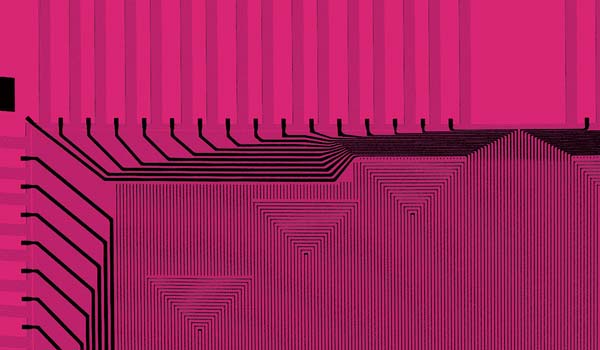Superconducting Nanowire Single Photon Detectors for DSOC
Superconducting Nanowire Single Photon Detectors (SNSPD) are the highest performing detectors available from the ultraviolet to the mid-infrared. Since 2005, MDL has been a world leader in the development of this unique technology, and currently holds world records for SNSPD detection efficiency, time resolution, active area, and dark counts. While design, nanofabrication, and testing of SNSPD devices is all performed at JPL, the technology development process for these devices has been highly interdisciplinary, with fruitful collaborations at the National Institute of Standards and Technology, the Massachusetts Institute of Technology, and Caltech.
SNSPDs are a key technology for optical communication. JPL SNSPD arrays were fielded on the ground in the Lunar Laser Communication Demonstration (LLCD) in 2013. They are also planned for the ground terminal of the Deep Space Optical Communication (DSOC) project, which is scheduled for launch in 2022 aboard the Psyche spacecraft. The DSOC project would be the first demonstration of laser communication from beyond lunar orbit and would extend the range of laser communication demonstrations by a factor of 1000 from what was achieved in LLCD. To receive the faint signals from the laser transmitter on its cruise toward the asteroid belt, MDL has developed a unique 64-pixel SNSPD array sensor capable of time-tagging individual photon arrivals to sub-100 picosecond accuracy at count rates in excess of a billion counts per second. A cryogenic detector instrument based around this device will be fielded at the 200-inch telescope at Palomar Observatory in Southern California for use in the DSOC ground terminal. Delivery of the DSOC flight and ground terminals is expected in 2021. During the spacecraft’s cruise phase, DSOC will demonstrate the viability of laser communication links at a variety of ranges up to 2.7 AU, beyond Mars’s farthest range. With DSOC, the first demonstration of optical communication from deep space will place JPL in a strategic position to lead the Deep Space Network into the laser communication era.
Also being explored at JPL are large mid-infrared focal plane arrays of SNSPD for exoplanet transit spectroscopy aboard future missions such as the Origins Space Telescope. In addition, ultraviolet SNSPD are being integrated with ion trap chips for quantum computing applications.
The project manager for the DSOC mission at JPL is Bill Klipstein. Abi Biswas at JPL is the project technologist. The cognizant engineer for the ground detector instrument is Matt Shaw at MDL.
tA 64-pixel SNSPD array capable of counting over 1 billion photons per second with time resolution below 100 ps. The array is mounted in a chip carrier and can be efficiently coupled to a 5-meter telescope.
+ Larger image
Array Wires. Scanning electron microscope (SEM) image of the SNSPD array.
+ Larger image
